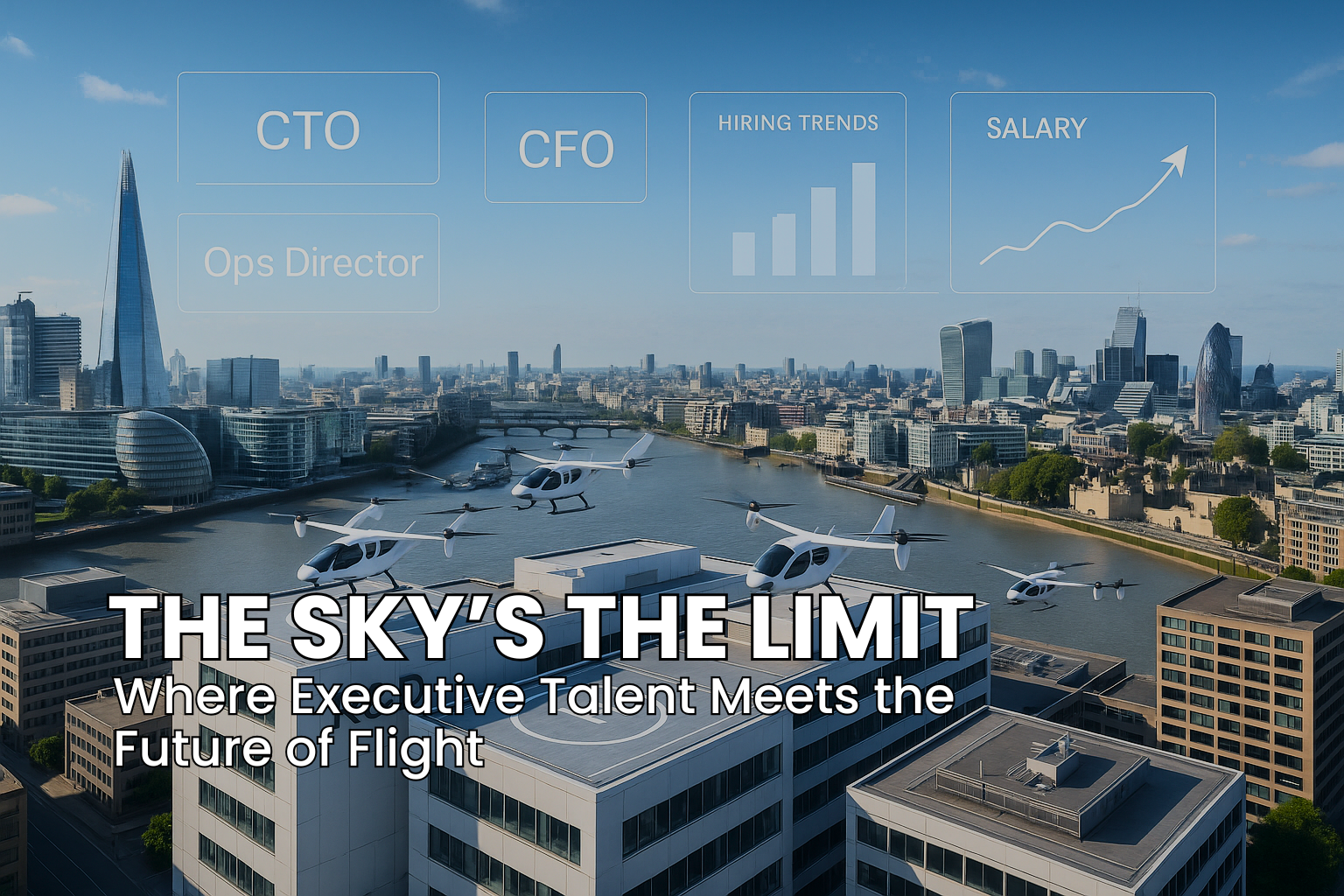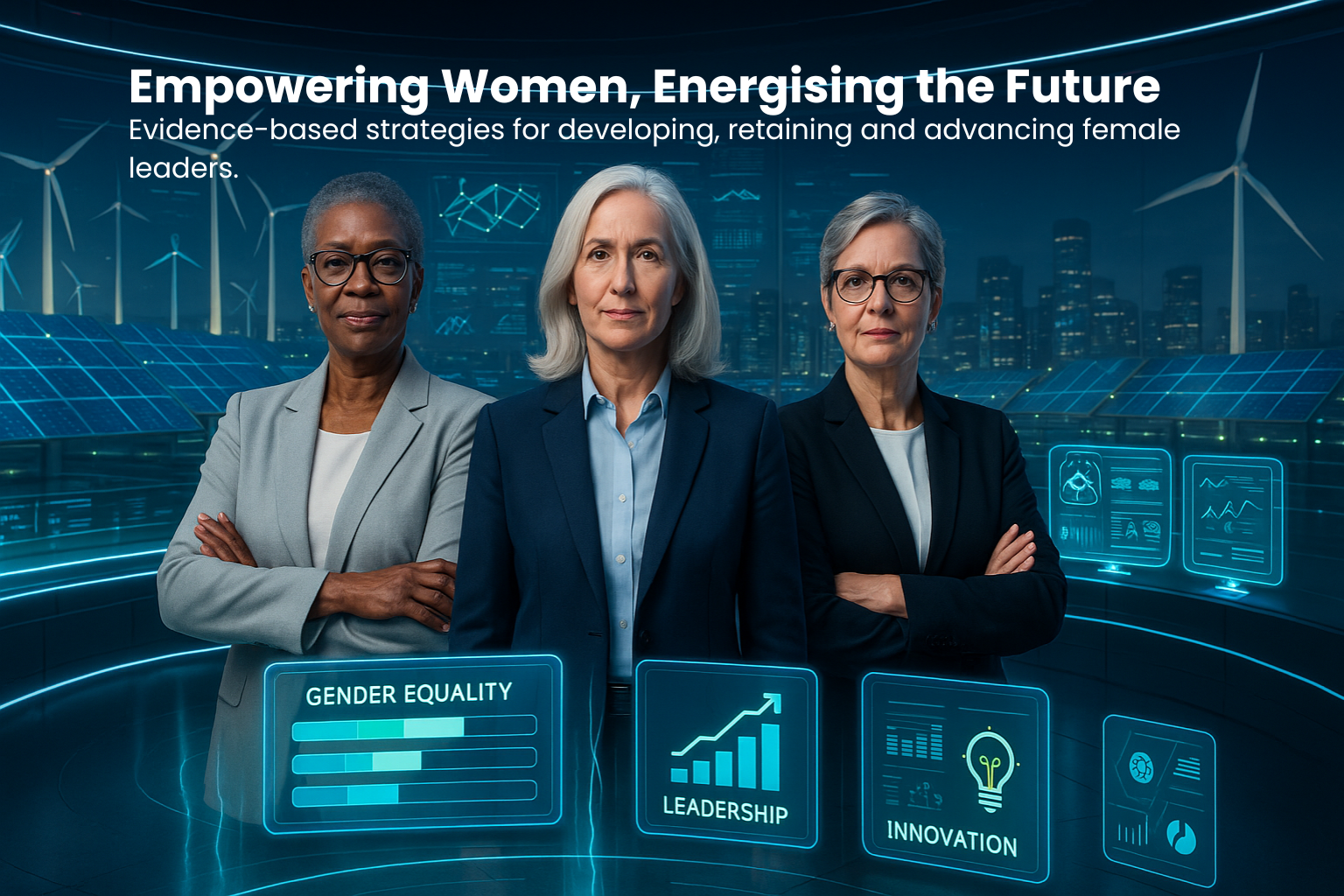🌤️ The Sky’s the Limit: Executive Demand Patterns in UK Vertical Aerospace Manufacturing
🌤️ The Sky’s the Limit: Executive Demand Patterns in UK Vertical Aerospace Manufacturing

The body content of your post goes here. To edit this text, click on it and delete this default text and start typing your own or paste your own from a different source.The UK’s vertical aerospace sector, encompassing eVTOLs, urban air mobility, and the future of sustainable aviation, has swiftly moved from science fiction to strategic boardroom priority. With innovation hubs in Bristol and London, demand for experienced executive leadership is taking flight.
In this article, we explore the trends fuelling this growth, highlight where the leadership gaps lie, and explain how Wyman Bain is helping shape the future of vertical aerospace in the UK.
💼 1. Investment is Driving Executive Demand
The past 18 months have seen a surge in capital flowing into the UK’s vertical aerospace market. Industry leaders such as Vertical Aerospace, Rolls-Royce, and BAE Systems have attracted substantial funding, translating directly into increased executive hiring activity.
📊
Figure 1: UK Vertical Aerospace Investment Growth (2023 to 2025)
Bar chart showing investment rising from £150 million in 2023 to £450 million by 2025.
🧑✈️ 2. Where the Executive Gaps Are
Our latest research indicates that the sector will require between 150 and 200 senior executives over the next two years. Below is a breakdown of the most in-demand roles:
| Role | Estimated Openings | Typical Salary Range |
|---|---|---|
| Manufacturing or Operations Director | 40 to 50 | £150,000 to £250,000 |
| Chief Technology Officer (CTO) | 15 to 20 | £200,000 to £350,000 |
| Commercial Director | 25 to 30 | £130,000 to £220,000 |
| Chief Financial Officer (CFO) | 20 to 25 | £180,000 to £280,000 |
| Head of Regulatory Affairs | 10 to 15 | £140,000 to £200,000 |
📊
Figure 2: Projected Executive Openings by Role (2025 to 2027)
A pie chart visualising the role distribution above.
💷 3. Compensation is on the Rise
Senior executives in vertical aerospace are now commanding base salaries 15 to 20% higher than those in traditional aerospace roles. Equity participation has become standard, with most packages offering 0.1 to 0.5% equity, a clear indicator of the sector’s competitiveness.
📊
Figure 3: Average Salary Comparison – Traditional vs Vertical Aerospace (2025)
A bar chart showing average base salary of £200,000 in vertical aerospace versus £170,000 in traditional aerospace.
📅 4. When Will Demand Peak?
Based on market trends, we anticipate three major hiring waves over the next two years:
- Wave 1 (Now to Q4 2025): CTOs and Heads of Engineering, as aircraft designs are finalised
- Wave 2 (Q1 to Q3 2026): Manufacturing and Operations Directors, as production ramps up
- Wave 3 (Q4 2026 to Q2 2027): Commercial and Business Development executives, as products go to market
📈
Figure 4: Executive Hiring Timeline in UK Vertical Aerospace
Line graph illustrating the predicted hiring surges across each wave.
🧭 5. Why Choose Wyman Bain?
Our research-led and transparent approach is uniquely suited to this complex and evolving industry. We go beyond conventional talent databases, mapping organisational structures and identifying high-potential candidates through verified market intelligence.
With a strong base in Bristol and national reach, Wyman Bain is ideally positioned to support both emerging eVTOL firms and established aerospace giants as they scale their leadership teams.
✈️ Conclusion
The UK’s vertical aerospace manufacturing sector is poised for remarkable growth, and so too is the demand for high-impact executive talent.
For forward-thinking companies ready to scale and ambitious candidates seeking their next transformational role, the sky truly is the limit.
Interested in learning more?
📞 Contact Wyman Bain for a confidential discussion about your executive hiring strategy, or request a bespoke market intelligence report today.
🌐
www.wymanbain.com
📩
enquiries@wymanbain.com
☎️ 0203 907 7730



